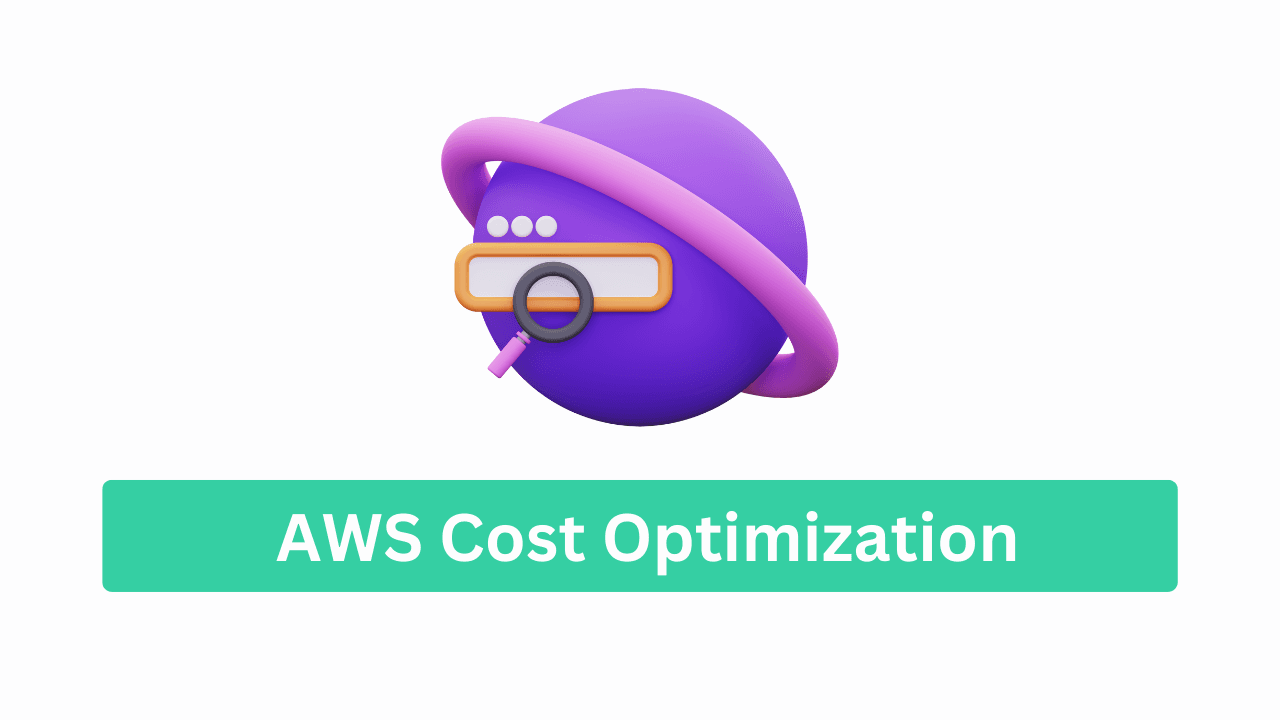Hey there! 👋 I’m Vikas Sankhla, a Full Stack Developer and the founder of the YouTube channel Web Codder. Today, let’s explore how to manage your AWS resources efficiently and avoid unnecessary expenses. We’ll break it down into simple steps, just like explaining it to a 10-year-old. Ready? Let’s dive in! 🚀
🧠 What is Cost Optimization in AWS?
Imagine you have a piggy bank 🐖, and you want to make sure you’re not spending more than you need to. AWS Cost Optimization is like keeping an eye on your piggy bank to ensure you’re saving money while using AWS services.
🛠️ Best Practices for Managing AWS Costs
Here are some friendly tips to help you save money on AWS:
1. Turn Off Unused Resources
Just like turning off the lights when you leave a room, make sure to stop or terminate AWS resources you’re not using. This includes:
- EC2 instances
- RDS databases
- Unattached EBS volumes
2. Right-Size Your Resources
Don’t use a giant truck 🛻 to carry a small box 📦. Similarly, choose the right-sized AWS resources for your needs. Use AWS Trusted Advisor to get recommendations on resizing your instances.
3. Use Reserved Instances and Savings Plans
If you know you’ll be using certain resources for a long time, consider purchasing Reserved Instances or Savings Plans. They can save you up to 72% compared to On-Demand pricing.
4. Monitor and Analyze Your Costs
Keep an eye on your spending using AWS Cost Explorer. It helps you understand where your money is going and identify areas to save.
📊 Using AWS Cost Explorer
AWS Cost Explorer is like a magnifying glass 🔍 for your AWS spending. Here’s how to use it:
- Access Cost Explorer: Go to the AWS Management Console and navigate to Cost Explorer.
- View Reports: Use default reports or create custom ones to analyze your costs.
- Set Time Ranges: Look at your spending over different periods to identify trends.
- Filter by Services: See which AWS services are costing you the most.
🧪 AWS Trusted Advisor
Think of AWS Trusted Advisor as your cloud savings coach 🧑🏫. It provides real-time recommendations to help you:
- Reduce costs
- Improve performance
- Enhance security
Use it to identify idle resources, underutilized instances, and more.
📈 Setting Up AWS Budgets and Alerts
To avoid surprises in your AWS bill, set up budgets and alerts:
- Create a Budget: Go to the AWS Budgets dashboard and click “Create budget.”
- Set Budget Details: Choose your budget type (cost, usage, or reservation) and set the amount.
- Configure Alerts: Set up email notifications to alert you when you approach or exceed your budget.
🧰 Tools to Help You Save
Here’s a quick overview of AWS tools for cost optimization:
| Tool | Purpose |
|---|---|
| Cost Explorer | Analyze and visualize your AWS spending |
| Trusted Advisor | Get recommendations to optimize resources |
| AWS Budgets | Set budgets and receive alerts |
📌 Conclusion
Managing your AWS costs doesn’t have to be complicated. By following these simple steps and using the right tools, you can ensure you’re getting the most out of your AWS services without breaking the bank 💰.
For more tips and tutorials, don’t forget to:
- Subscribe to our YouTube channel 📺
- Follow us on Instagram 📸
- Join our WhatsApp community 💬
Happy saving! 😊

